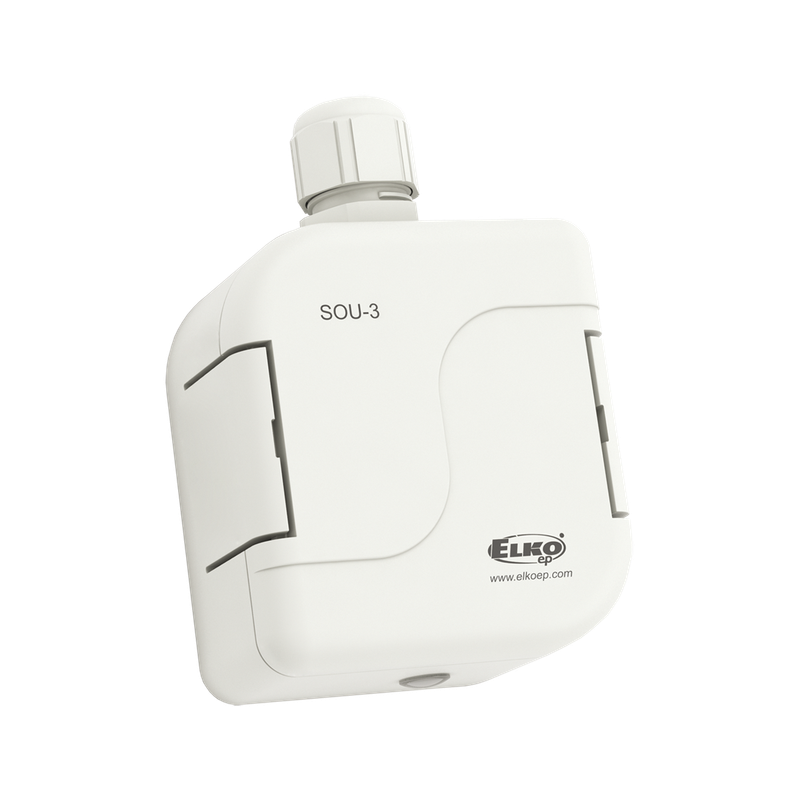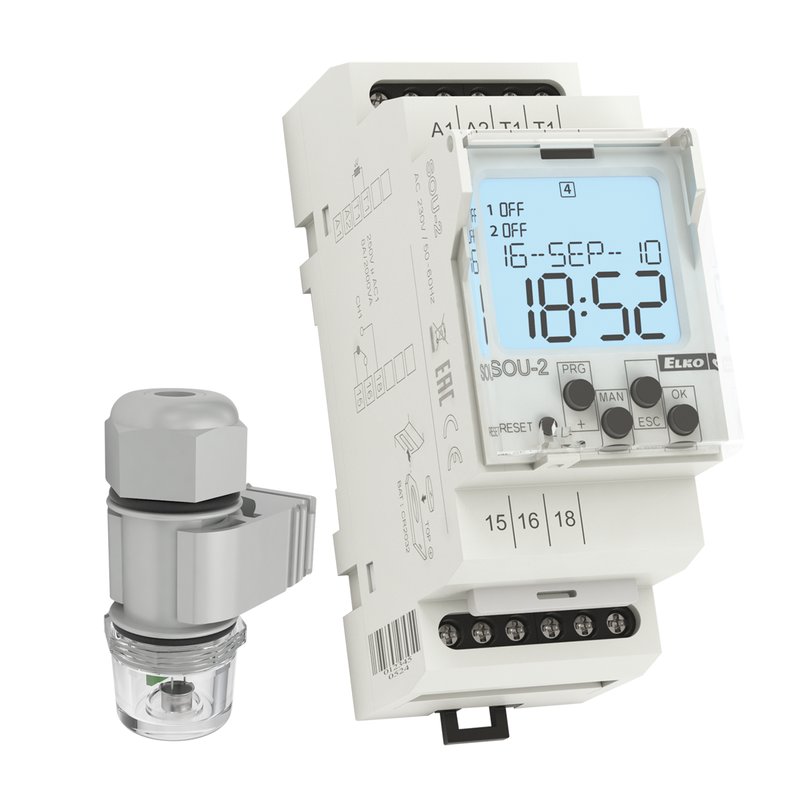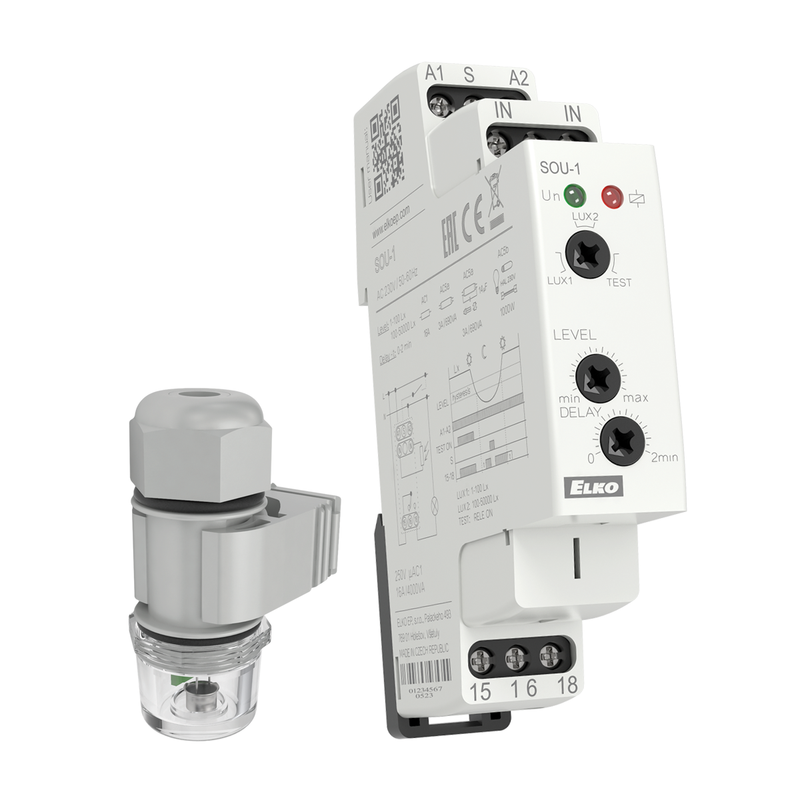Twilight Switches
A twilight switch, also known as a dusk-to-dawn switch or a photoelectric switch, is a device that controls electrical circuits based on ambient light levels. Here’s a comprehensive look at its features, benefits, applications, and how it works:
Features
- Photoelectric Sensor: Contains a light-sensitive sensor that detects ambient light levels.
- Automatic Operation: Turns connected devices on at dusk (when it gets dark) and off at dawn (when it gets light).
- Adjustable Sensitivity: Some models allow you to adjust the light sensitivity threshold to control when the switch activates.
- Weatherproof: Many twilight switches designed for outdoor use are weatherproof or water-resistant.
- Manual Override: Some models include a manual override feature to bypass the automatic control if needed.
Benefits
- Energy Efficiency: Reduces energy consumption by ensuring lights and other devices are only on when needed, typically during nighttime hours.
- Convenience: Eliminates the need for manual switching, automatically adjusting to changing daylight conditions throughout the year.
- Enhanced Security: Ensures that outdoor lighting is always on during the night, improving security and safety around properties.
- Low Maintenance: Once installed and set up, requires minimal maintenance or intervention.
Common Applications
- Outdoor Lighting: Controls street lights, garden lights, and security lights, ensuring they turn on at dusk and off at dawn.
- Building Perimeter Lighting: Enhances security by ensuring consistent lighting around building perimeters during nighttime.
- Signage Illumination: Automatically lights up commercial signage and advertising boards at night.
- Parking Lots and Pathways: Provides lighting for parking areas and pedestrian pathways during dark hours.
How It Works
- Detection: The photoelectric sensor continuously monitors ambient light levels.
- Activation: When the light level drops below a certain threshold (indicating dusk), the sensor triggers the switch to close the circuit, turning on the connected device (e.g., lights).
- Deactivation: When the light level rises above the threshold (indicating dawn), the sensor triggers the switch to open the circuit, turning off the connected device.
- Adjustable Sensitivity: Some models allow you to set the sensitivity level, determining how dark it needs to be before the switch activates and how light it needs to be before it deactivates.
Example of Use
Imagine you want to automate your outdoor security lights to turn on at dusk and off at dawn:
- Install the twilight switch in a location where it can accurately sense ambient light levels.
- Connect the outdoor security lights to the twilight switch.
- Set the sensitivity level if the model allows.
- The switch will automatically turn the security lights on as it gets dark and off as it gets light, without any need for manual intervention.
Summary
Twilight switches provide an efficient and convenient way to control lighting and other electrical devices based on ambient light levels. By automatically turning devices on at dusk and off at dawn, these switches enhance energy efficiency, security, and convenience. They are particularly useful for outdoor lighting applications, ensuring consistent illumination during nighttime hours with minimal maintenance.




